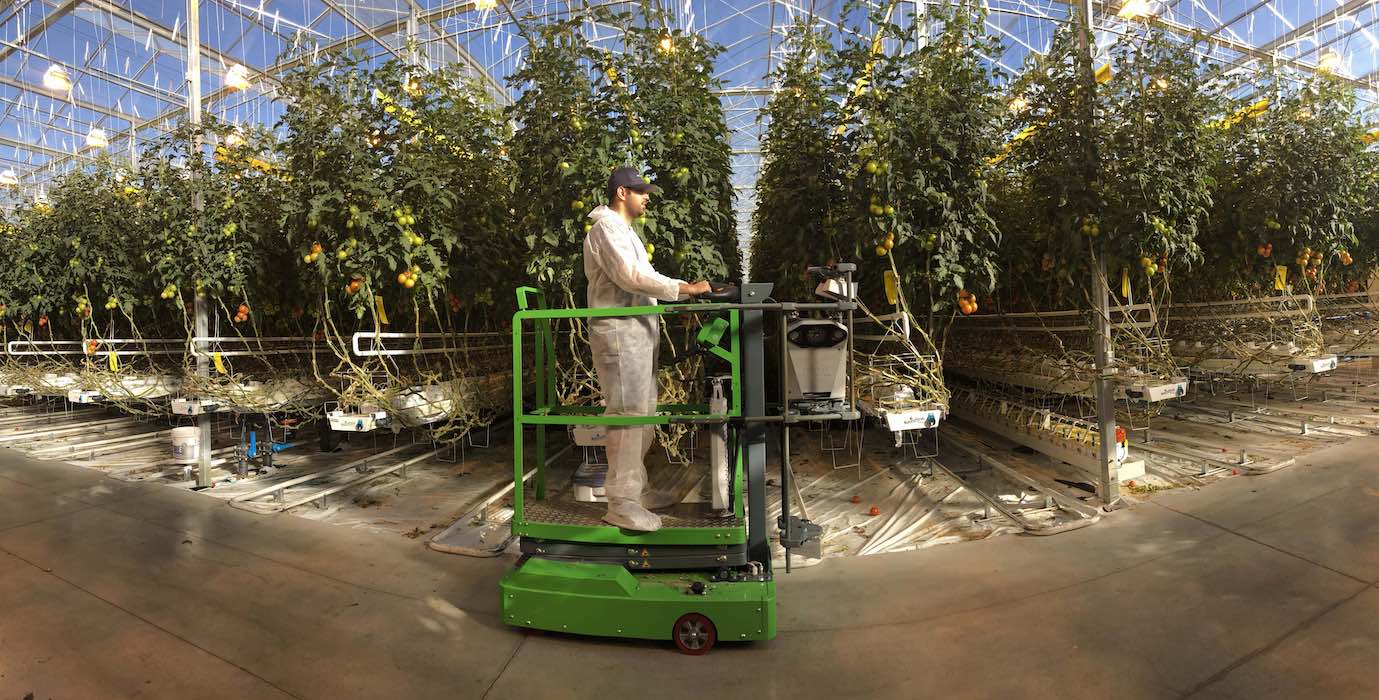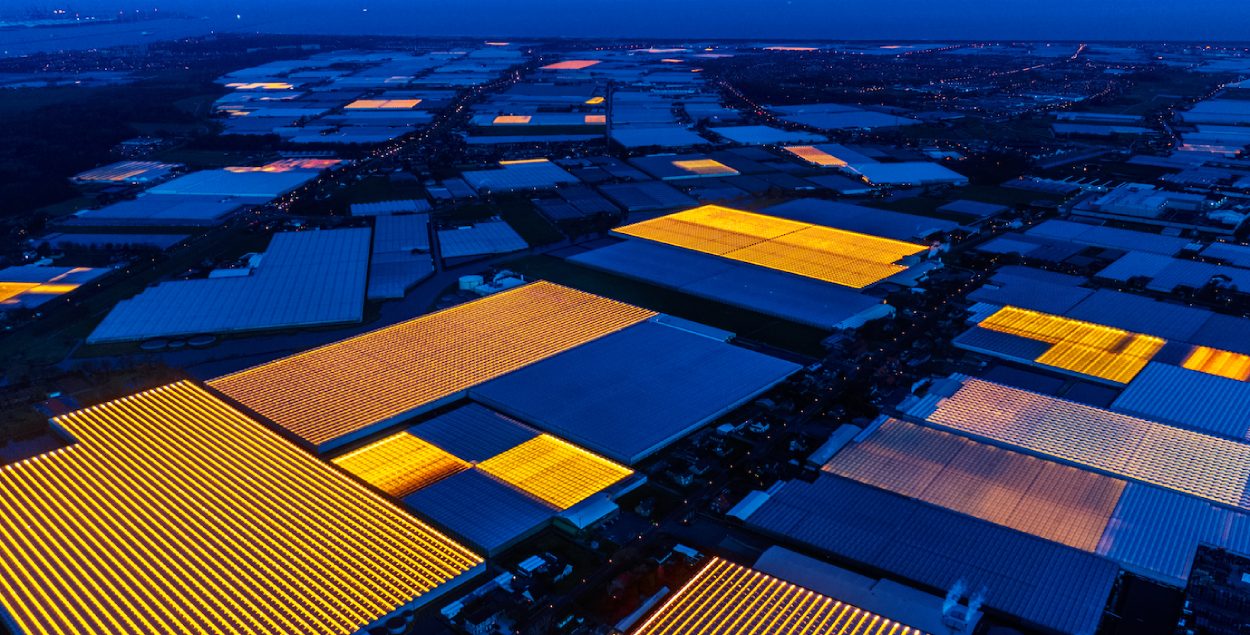Horticulture
Quickly go to
- Embracing horticultural innovation
- Greenhouse horticulture is a science
- Research and development
- Find your horticulture career opportunity!

Due to its reach, expertise and sheer size, the Dutch horticulture sector can greatly influence the challenges we are faced with today in food, energy, and climate in general – the golden triangle. On a quest to find answers to these societal challenges, the sector continuously develops and improves its innovative capabilities, working closely with universities, businesses, regional green ports and the government.
At the heart of our horticultural innovation is the greenhouse. Within these often-huge buildings, crops can grow around the clock without dealing with the harsh weather conditions from the outside world. In the climate-controlled conditions, it can be as sunny as in Spain or as chilly as in Iceland – whatever is best for the crop. These specialised and highly technical environments allow farmers to closely control growing conditions and use less water and fewer fertilisers. We must produce food sustainably and preserve our resources.
Nowhere else in the world are plants cultivated on such a large scale, and with such a relatively low impact on the environment. In one region alone – Westland – which accounts for nearly half of the Netherlands’ horticultural production, a staggering 80% of cultivated land is under greenhouse glass, with some greenhouse complexes covering as much as 175 acres.
And did you know that the current generation of greenhouses already generates approximately 10% of our country’s power needs by using combined heat and power (CHP) systems. As a nation, we’ve set our focus on producing more while using less. Intensive and efficient, but sustainable and socially responsible, all at the same time.

Positive results don’t just happen on their own. We don’t simply plant, grow and export. At the heart of our Food Valley is the campus of Wageningen University and the knowledge and talent to drive the next generation of smart farming. The university is surrounded by a large cluster of horticultural and agricultural technology startups and experimental farms.
More change lies ahead. The continuous impact of R&D and new innovations won’t only alter the efficiency of greenhouses or the fertilisers we put in our soil. Vertical farming could be the next big thing. Using artificial light in ever taller structures, we can farm independent of climate, greatly improve food security, and rely on renewable energy sources to power our farming technology at any time of day. It’s an exciting era and the horticultural and technological innovations emerging in the Netherlands will be of significant global importance.